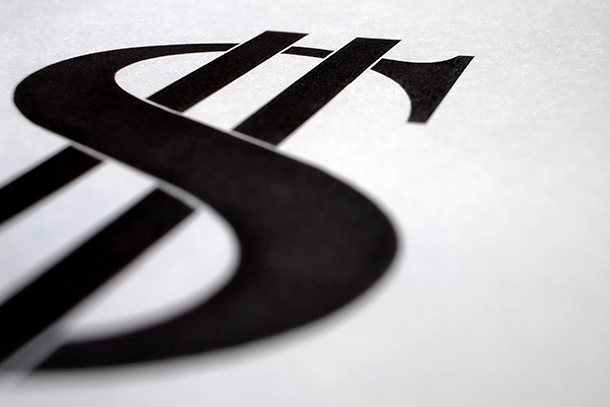When choosing between different models of refrigerators it can be easy to get caught up on the initial purchase price. But did you know that over the life of a fridge you could save hundreds of dollars by selecting a more energy efficient model?
A little bit of research can literally put extra money in your pocket, as well as help the environment.
Through the use of the government website energyrating.gov.au, and Energy Rating app it is actually easier than you think to compare the cost of running a host of different appliances including refrigerators. Through a simple search you can find the star rating for any appliance, as well as its estimated running costs and the amount of electricity it consumes.
A word of warning though, simply comparing the running costs of a refrigerator can sometimes not be comparing apples with apples. It is important when using the comparison tool to check the size of the various fridges to ensure that you’re not comparing a bar fridge with a 500L family-sized refrigerator.

The Most Efficient Models
With a leading four and a half star rating, Hitachi’s Big 2 Inverter Series refrigerators are the most energy efficient available in Australia. Available in 565 litre and 755 litre models, the Big 2 Inverter Series is packed full of the latest technology which makes it one of the most energy efficient in the world. The 565L model has an expected running cost of $813 for a ten year period, using 314 kilowatts of electricity a year.
LG’s ranges of 450 litre refrigerators with bottom mounted freezer all receive a four star rating using 341 kilowatts of electricity in a year. Costing $883 over a ten year period, the GN-450UWL, GN-W450UPL, GN-450UWL, GN-450USL and GN-W450USL models are $70 more expensive to run than Hitachi’s four and a half star rated model.
Also rated four stars are Samsung Electronics’ SRL458ELS, SRL457MW and SRL455DLS refrigerators with top mounted freezers. At 458 litres Samsung’s offerings are slightly larger than the LG models, but use slightly less electricity at 330 kilowatts a year. This difference in power usage difference results in a saving of $28 over a ten year period, with the Samsung models costing $855 to run.
The Bigger the Fridge, the More Expensive to Run
Not surprisingly, the larger the fridge is, the more expensive it is to run.
At 1028 litre, Samsung’s SRF1028CCRS French Door Refrigerator is almost twice the size of Hitachi’s Big 2 Inverter Series. With a two and a half star rating, the SRF1028CCRS uses 829 kilowatts of electricity a year. This equates to a ten year running cost of $2147.
Similarly, LG’s 951 litre GR-5D951L and GR-5D951L French Door models use 765 kilowatts of electricity a year compared to the 341 of its 450 litre range. Also rated two and a half stars, the ten year running costs of LG’s French Door models is $1981.
To highlight the difference of running costs for different star ratings we don’t need to look any further than LG’s GR-D907SL, 907 litre French Door model only rates one and a half stars. Despite being smaller than the 951 litre models, the GR-D907SL uses 190 more kilowatts a year, and costs $2473 to run over a ten year period, $492 more than the higher rated models.
If you live in Sydney’s North Shore and Northern Beaches and are thinking of purchasing a new fridge in time for Christmas, call us on 0410 229 139. We can point you in the right direction to find the information you need to determine the right one for your needs, and if you have any concerns regarding power points and wiring, we’re here to help.

